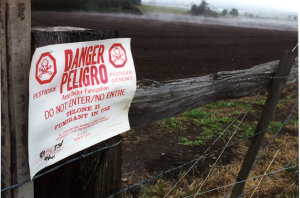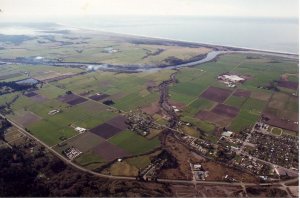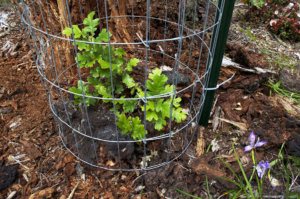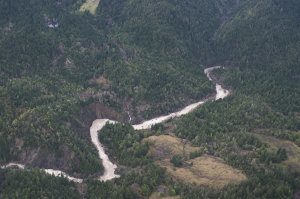Will the State of California Finally Protect the Smith River Estuary from Dangerous Pesticides?
The California North Coast Regional Water Quality Control Board has resurrected a long moribund agricultural permit process to allow Easter lily farmers, in Del Norte County, to continue polluting the vital estuary of the Wild and Scenic Smith River and nearby human populations with high concentrations of deadly pesticides. Siskiyou Land Conservancy views this process as largely illusory, and more of a lengthy distraction, given the state’s decades-long refusal to protect the Smith River estuary and prohibit illegal discharges of pollutants into protected waters. Read more.
To read SLC’s comments on the first phase of the resurrected permit process—“Findings”.







